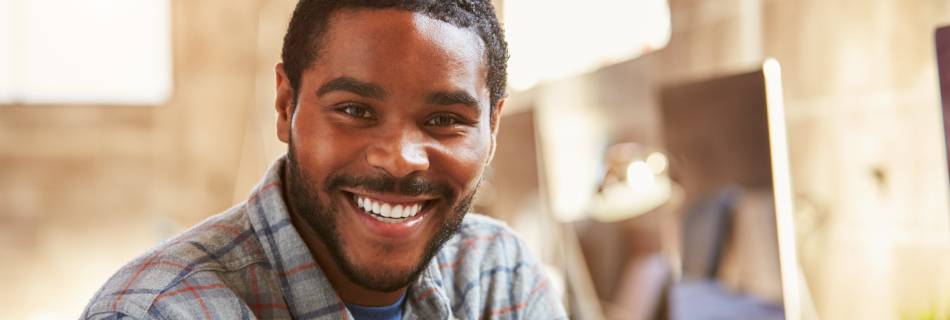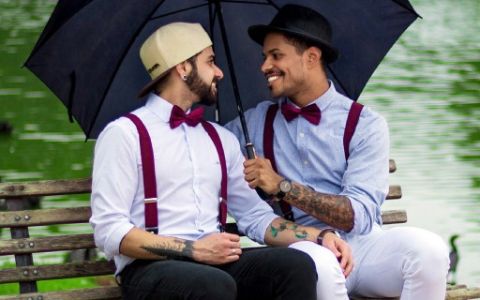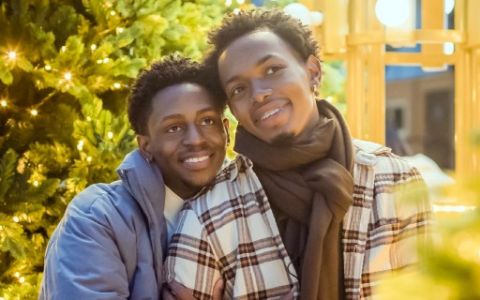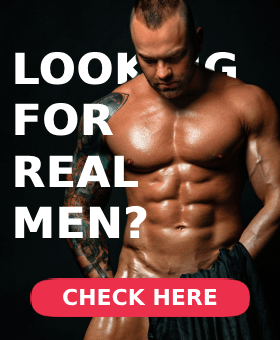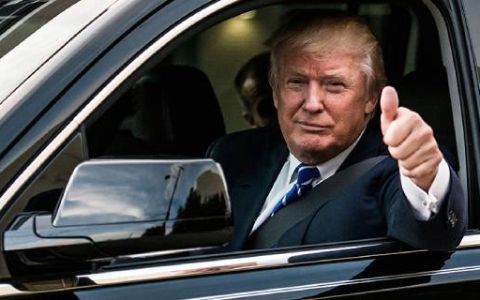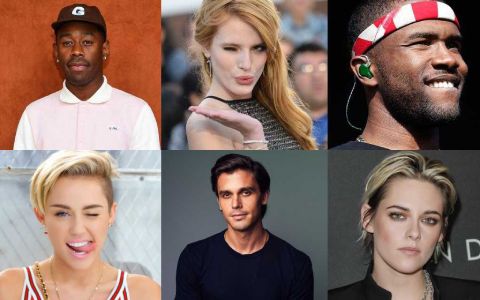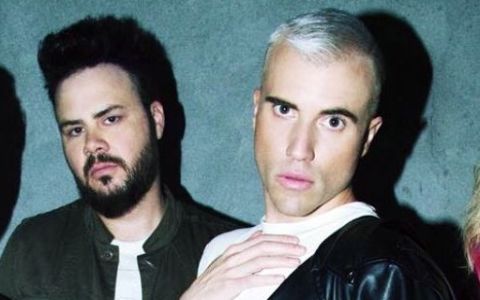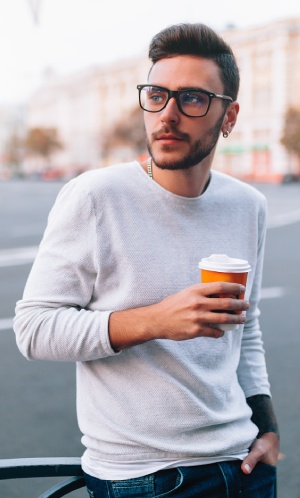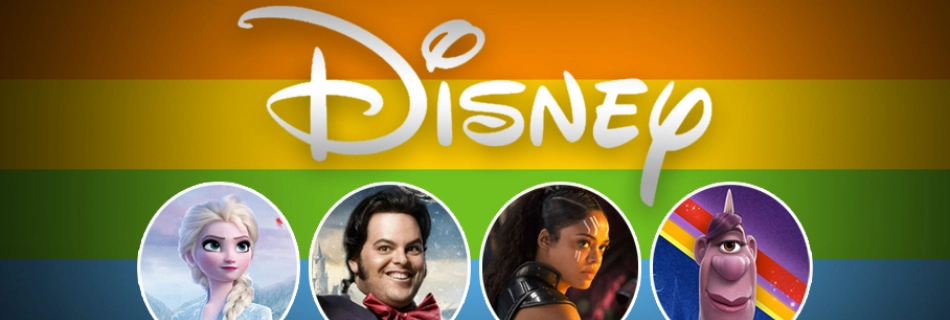
Disney's Progress and Challenges in LGBTQ+ Representation
Disney and LGBTQ+ representation is a topic that has gained significant attention in recent years. While Disney has been known for its family-friendly content, many have criticized the company for its lack of representation of LGBTQ+ characters in its movies and TV shows. However, in recent years, Disney has made efforts to become more inclusive and diverse in its storytelling. From subtle nods to LGBTQ+ characters to overt representation, Disney is slowly but surely making progress in this area.
The lack of representation of LGBTQ+ characters in Disney movies and TV shows has been a long-standing issue. Many fans have called for more diversity and representation of different identities in Disney's content. In response, Disney has made some strides in recent years, including the introduction of the first openly gay character in a Disney movie, LeFou in the live-action remake of Beauty and the Beast. Additionally, Disney has included LGBTQ+ characters in some of its TV shows, such as the popular animated series, The Owl House.
Disney's efforts to become more inclusive and diverse in its storytelling have been met with both praise and criticism. While some applaud Disney for taking steps towards representation, others argue that the company still has a long way to go in terms of fully embracing and celebrating LGBTQ+ identities. Regardless of the differing opinions, it is clear that the topic of Disney and LGBTQ+ representation is an important one that continues to spark conversation and debate.
Brief History of LGBTQ+ Representation in Disney Media
In recent years, Disney has made strides in increasing representation of the LGBTQ+ community in their movies and shows. While there is still much progress to be made, the inclusion of LGBTQ+ characters and storylines has been a positive step forward for the entertainment industry and for the community as a whole.
Disney's first openly gay character was LeFou in the 2017 live-action adaptation of "Beauty and the Beast". This was followed by the inclusion of a gay character in the Disney Channel series "Andi Mack". More recently, Disney Pixar's "Onward" featured a lesbian character voiced by Lena Waithe.
However, there has also been criticism of Disney's representation, with some arguing that the company is not doing enough and that the LGBTQ+ characters are not given enough screen time or depth. Additionally, there has been backlash and controversy surrounding the inclusion of LGBTQ+ characters in children's media.
Regardless of differing opinions, the conversation about Disney and LGBTQ+ representation is an important one to have, as it reflects the shifting attitudes and values of society as a whole.
LGBTQ+ Representation in “Beauty and the Beast” and “Onward”
In recent years, Disney has made efforts to include LGBTQ+ representation in their media. One notable example is the 2017 live-action adaptation of "Beauty and the Beast," in which LeFou, Gaston's sidekick, was portrayed as gay. While this representation was met with mixed reactions, it was a step forward in LGBTQ+ inclusion in Disney films.
Another recent example is the 2020 animated film "Onward," which featured a lesbian character named Officer Spector. While her sexuality was not a major plot point, it was a significant moment for LGBTQ+ representation in a Disney film.
However, some critics argue that Disney's efforts are not enough, and that the representation is often too subtle or not prominent enough. Additionally, there have been instances where LGBTQ+ representation was promised but ultimately left out, such as in the live-action "Mulan" remake.
Overall, while Disney's recent efforts in LGBTQ+ representation are commendable, there is still room for improvement and a need for more prominent and diverse representation in their media.
Discussion of Criticisms and Controversies Surrounding Disney’s LGBTQ+ Representation
Disney's LGBTQ+ representation has been the subject of many criticisms and controversies. While some people praise the company for including diverse characters in their movies and TV shows, others argue that they are not doing enough to represent the LGBTQ+ community.
One of the main criticisms of Disney's LGBTQ+ representation is that it is often very subtle or implied. For example, in the movie "Frozen 2," there is a brief scene where a character named Oaken greets his family, including his husband and children. While this was a positive step towards LGBTQ+ representation, some people felt that Disney could have done more to make it clear that Oaken is gay.
Another controversy surrounding Disney's LGBTQ+ representation is the fact that they often portray LGBTQ+ characters as sidekicks or comic relief. For example, in the live-action version of "Beauty and the Beast," LeFou is portrayed as a bumbling, comedic character who is in love with the villain, Gaston. While this was a step towards LGBTQ+ representation, it also perpetuated stereotypes and did not give LGBTQ+ characters the same level of depth and complexity as straight characters.
Overall, while Disney has made some progress towards LGBTQ+ representation, there is still a long way to go. Many people are calling on the company to include more openly LGBTQ+ characters in their movies and TV shows, and to give them the same level of respect and complexity as straight characters. Only time will tell if Disney will continue to make progress towards true LGBTQ+ representation.
